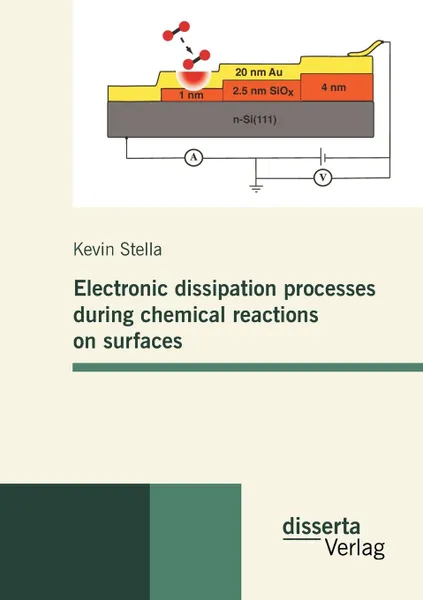Electronic dissipation processes during chemical reactions on surfaces 12+
Где найти книгу?
📖 Every day in our life is larded with a huge number of chemical reactions on surfaces. Some reactions occur immediately, for others an activation energy has to be supplied. Thus it happens that though a reaction should thermodynamically run off, it is kinetically hindered. Meaning the partners react only to the thermodynamically more stable product state within a mentionable time if the activation energy of the reaction is supplied. With the help of catalysts the activation energy of a reaction can be lowered. Such catalytic processes on surfaces are widely used in industry. Around 90% of chemicals are produced via a heterogeneously catalyzed process where a reaction occurs on the surface of a catalyst. However, why is it generally possible that such reactions run off with the help of heterogeneous catalysis, meaning with lower activation energy than without presence of a catalyst? What happens with the energy which is released during a reaction of gas particles on surfaces? How is this energy released, when some part of the energy is transferred to the reactant and some to the chemically active surface? Which physical mechanisms play a key role in the energy transfer? These questions are summarized in the concept of the energy dissipation. To observe this energy dissipation phenomenon, we use a new method, the chemoelectronics. With this method we try to detect the released energy, induced by reactions on surfaces, via thin-layered electronic device elements. An aim of this w...
Мнения
